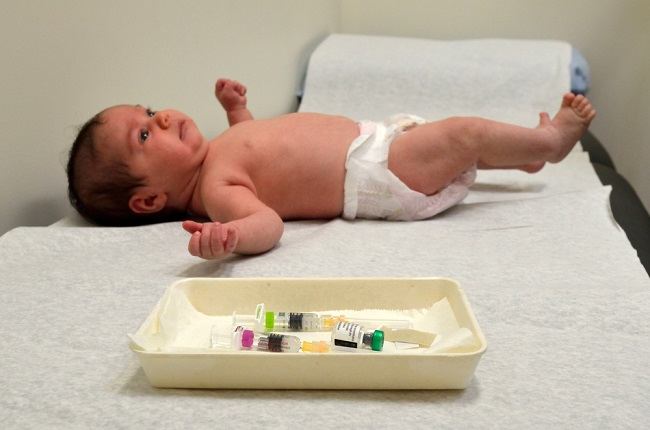Diabetic ulcers are a condition that is often experienced by diabetics. This condition is characterized by the appearance of sores accompanied by an unpleasant-smelling discharge from the feet. Diabetic ulcers are one of the dangerous complications of diabetes and need to be treated by a doctor immediately.
Diabetic ulcers occur due to damage to nerves and blood vessels caused by uncontrolled blood sugar levels, thus triggering the appearance of wounds. The sores most often occur on the underside of the big toe or the sole of the forefoot.

For severe conditions, nerve damage can extend to the bones, so doctors need to perform a leg amputation procedure.
Understanding the Causes of Diabetic Ulcers
The cause of diabetic ulcers is poor blood circulation, so that blood flow does not flow to the feet properly. In addition, high glucose levels can also trigger nerve damage in the feet, causing numbness of the feet. This condition facilitates the formation of wounds on the feet and makes it difficult for the wound healing process.
In addition, there are also several factors that can increase the risk of diabetic ulcers, including:
- Foot deformity, such as protruding bones (bunions)
- Calluses on feet
- Visual disturbance
- Overweight
- Smoking habits or consumption of alcoholic beverages.
Every diabetic is at risk for diabetic ulcers. However, it mostly occurs in men who are elderly.
How to Treat Diabetic Ulcers
Diabetics who have diabetic ulcers are recommended to lead a healthy lifestyle and take medicines that have been prescribed by doctors to maintain blood sugar levels, blood pressure, and cholesterol levels in the body.
Controlled blood sugar plays an important role in supporting the healing process of diabetic ulcers and preventing other diabetes complications, such as kidney failure and retinal damage.
In addition, doctors can also take the following steps to treat diabetic ulcers:
Wrapping with a bandage
To treat diabetic ulcers as well as prevent and treat wound infections, the doctor will provide instructions on how to treat diabetic wounds. One of the steps commonly taken by doctors is to cover the diabetic ulcer with a bandage and replace it regularly.
Giving medicine
The doctor will prescribe antibiotics to prevent or treat infection, as well as antiplatelet drugs to improve blood flow. The doctor will also give drugs to help control blood sugar levels, namely antidiabetic drugs or insulin.
Removes dead skin and tissue (debridement)
Your doctor may treat a diabetic ulcer with a procedure called debridement. Debridement is a procedure to remove dead skin and tissue. There are many methods debridement that can be done, one of which is the surgical method.
The doctor will also try to improve blood flow in the legs. Treatment can be in the form of hyperbaric oxygen therapy. If deemed necessary, the doctor will recommend the use of special shoes or footwear to reduce pressure on the feet and the use of a cane or wheelchair for a while.
Diabetic Ulcer Prevention Steps
Although every diabetic has the possibility of developing diabetic ulcers, this condition can be avoided with the following preventive steps:
- Check your feet regularly for cracks or calluses that could lead to sores.
- Clean your feet with soap and warm water, especially between your toes, then dry them thoroughly.
- Trim your nails regularly.
- Use shoes with a comfortable size and soft material, and immediately change socks if they feel wet or sweaty.
It is no less important is to maintain blood sugar levels to remain in normal conditions. Pay attention to the right diet and consumption of drugs that have been suggested by the doctor. You are also recommended to check your health condition regularly to the doctor to monitor your blood sugar levels.
If you feel symptoms of foot problems or signs of a diabetic ulcer, immediately consult a doctor so that appropriate treatment can be carried out immediately.









